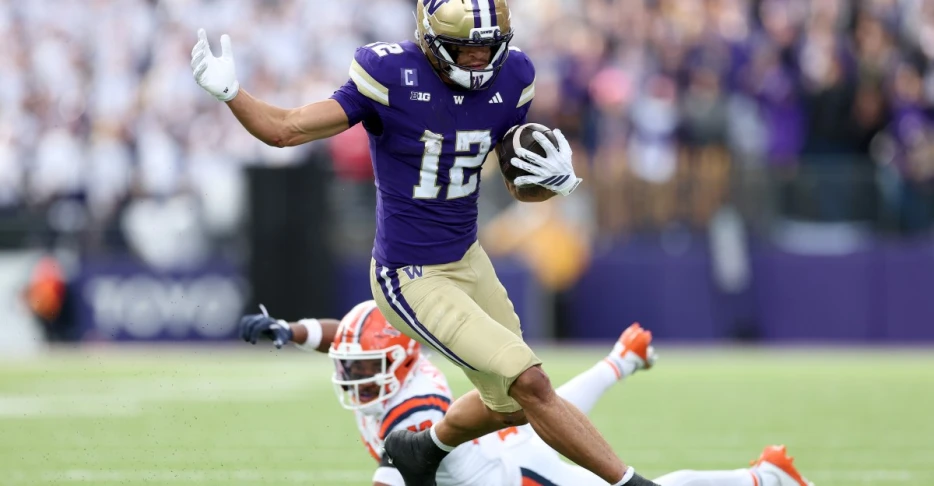
 Hogs Haven
Hogs Haven
At 3–7 through 10 weeks, the Commanders find themselves in familiar territory — searching for answers and building blocks for the future.
And while there’s optimism around Jayden Daniels, elsewhere, the roster remains riddled with holes on both sides of the ball.
The Commanders currently hold just six picks in the 2026 NFL Draft, and if they want to accelerate their path back to relevancy, they’ll need to make every one of them count — or perhaps trade back to stockpile more capital.
Adam Peters’ early draft classes have produced mixed results beyond Daniels, and this upcoming cycle offers another opportunity to lay the foundation for long-term success.
But before diving into potential targets, it’s important to understand what truly drives success during the draft process — fit. Drafting isn’t simply about identifying the most talented player on the board or checking off positional needs. Some teams have that luxury, sure, but it’s about understanding how a player fits into the structure of what a team wants to be, both schematically and culturally.
Every front office, every coaching staff, has its own thresholds — size, speed, length, movement skills, mental processing — that shape the type of roster they build.
For some teams, athletic testing and upside carry heavier weight; for others, it’s quality of film over multiple years in different environments for potential transfers, for small-school prospects, the ability to dominate competition, or position-specific traits that align with system demands. A downhill attacking defense, for example, values different linebacker traits than a zone-heavy one. A West Coast passing offense prioritizes quick footwork and twitch from its receivers, while a vertical system looks for length, power, and explosion up front for linemen.
That’s why “best player available” isn’t always as simple as it sounds. The best player for your system is the one who fits your blueprint — not just physically, but mentally, in how he processes, communicates, and executes. Successful drafting is about minimizing the “square peg in a round hole” approach and instead targeting players who can thrive in the roles they’re being drafted for.
For Washington, still shaping its identity under Peters and Dan Quinn, understanding those thresholds and finding players who fit their long-term vision is crucial. And with such limited capital as of now, each selection must not only add talent, but also align with what the organization wants to become on both sides of the ball.
Here’s a look at six potential fits for Washington — two on each day of the draft — who could help reshape a roster desperate for more talent in all three phases.
Few defenders in college football have been more disruptive in 2025 than Reese. The Ohio State linebacker/edge hybrid has blossomed into one of the most complete defensive playmakers in the country — a modern chess piece capable of lining up anywhere in the front seven.
At 6-foot-4, 247 pounds (verified measurements), Reese blends an outstanding...